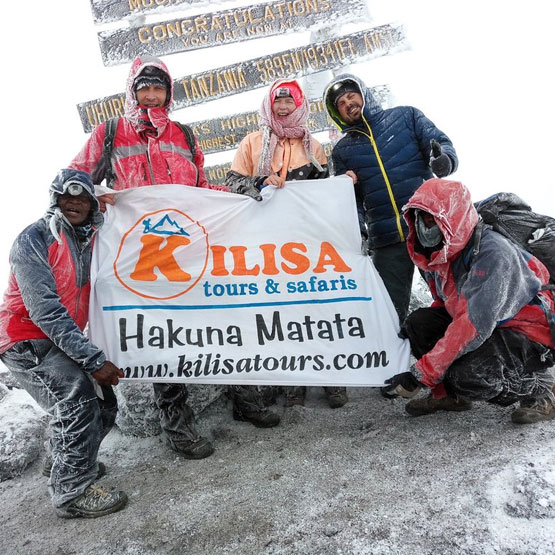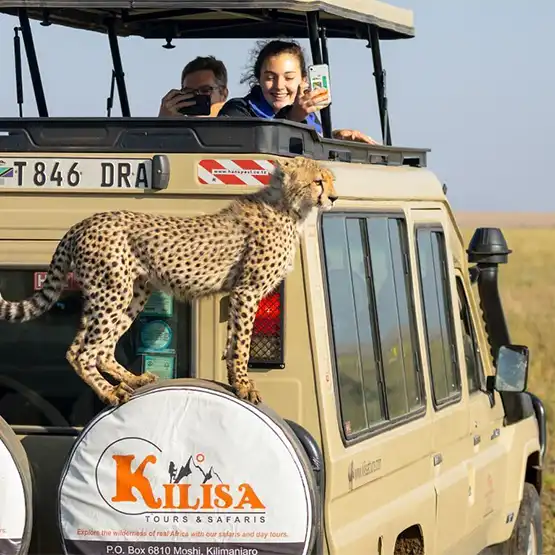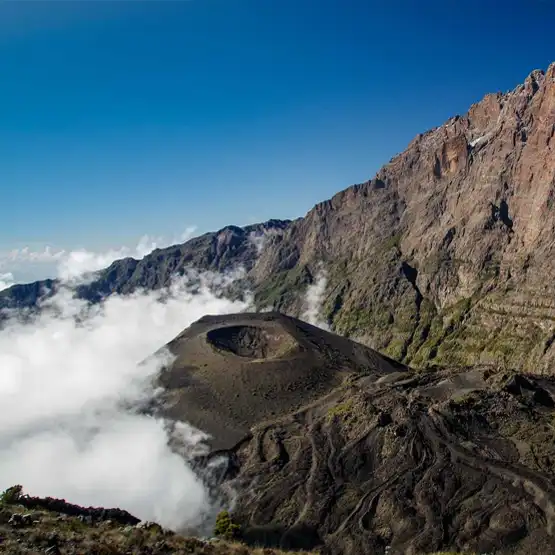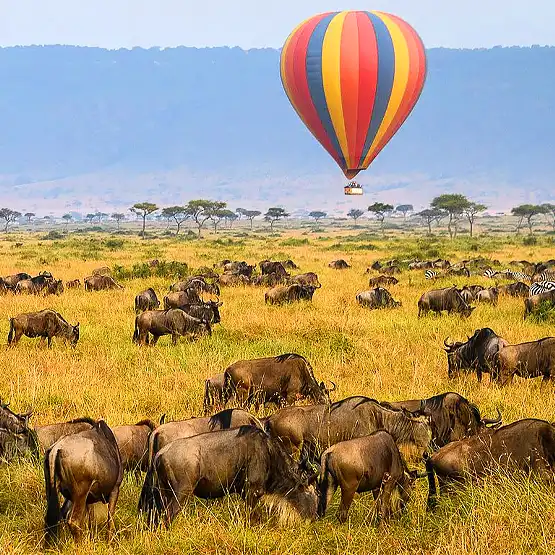The 2024 Guide to Serengeti Migration Safari
The Serengeti Migration is often dubbed the “Greatest Show on Earth,” and for good reason. Every year, millions of wildebeests, zebras, and gazelles embark on a perilous journey through Tanzania’s iconic Serengeti and into Kenya’s Maasai Mara, driven by the primal need to find fresh grazing lands. If a safari is on your bucket list, witnessing this awe-inspiring phenomenon should be at the top. But planning the perfect Serengeti safari requires more than just booking a plane ticket.
This 2024 guide will walk you through everything you need to know about the Serengeti Migration, including the best times to visit, must-see locations, and what to pack to ensure an unforgettable experience.
What is the Serengeti Migration?
The Great Migration is an annual movement of over 1.5 million wildebeests, 400,000 zebras, and hundreds of thousands of other antelopes and gazelles. It’s a life-or-death journey that sees these animals trek across the Serengeti’s vast plains and face numerous challenges, from predator attacks to dangerous river crossings.
Key Phases of the Migration Cycle
- Calving Season (January to March) – Southern Serengeti/Ndutu Plains: During this period, around 500,000 calves are born. It’s a prime time to see young wildlife and predator interactions.
- Intense Grazing (April to May) – Moving North: As the rains come to an end, the herds begin their slow march northward.
- River Crossings (June to August) – Grumeti and Mara Rivers: This is the most dramatic stage, where thousands of animals face the treacherous river crossings filled with hungry crocodiles.
- Northern Serengeti and Maasai Mara (September to October) – Animals are seen moving back and forth between Tanzania and Kenya, feeding on the lush grasses of the Mara.
- Return to Southern Serengeti (November to December) – The herds make their way back south to start the cycle again.
Best Time to Visit the Serengeti in 2024
The best time to experience the Serengeti Migration depends on which stage of the migration you want to see. Here’s a month-by-month breakdown:
- January to March: Visit the southern Serengeti and Ndutu Plains for the calving season. It’s the best time for predator action.
- April to May: The low season, but fewer crowds make for a more intimate experience. The herds start their trek north.
- June to August: Head to the Western Corridor for the dramatic Grumeti River crossings. By late July, the action shifts to the Mara River.
- September to October: The herds are mainly in the northern Serengeti and Maasai Mara, providing exceptional game-viewing opportunities.
- November to December: The herds move back to the central and southern Serengeti, offering fantastic views with fewer tourists.
Where to Go: Top Serengeti Safari Spots
1. Seronera Valley (Central Serengeti)
The Seronera Valley is the heart of the Serengeti and offers year-round wildlife viewing. During the migration, it’s a hub for predator activity, making it ideal for spotting big cats like lions, leopards, and cheetahs.
2. Grumeti River (Western Serengeti)
From May to July, the Grumeti River hosts dramatic river crossings. Expect thrilling scenes as the wildebeests attempt to cross crocodile-infested waters.
3. Mara River (Northern Serengeti)
Arguably the most famous crossing site, the Mara River is where the action intensifies. Thousands of animals plunge into the water, dodging crocs and strong currents.
4. Ndutu Plains (Southern Serengeti)
Best visited from January to March, the Ndutu Plains are where the herds congregate for calving season. This area is teeming with life, making it perfect for those wanting to witness new beginnings.
Planning Your 2024 Serengeti Safari
1. Choosing the Right Safari Type
- Mobile Camping Safaris: Follow the herds with mobile camps that shift location as the migration progresses.
- Lodge Safaris: Ideal for comfort and luxury, these lodges are often set in strategic locations for prime game viewing.
- Fly-In Safaris: Perfect for those who are short on time, allowing quick access to remote parts of the Serengeti.
2. Accommodation Options
From budget campsites to ultra-luxurious lodges, there’s something for everyone. Top choices include:
- Serengeti Serena Safari Lodge: A centrally located lodge that is great for exploring the Seronera Valley.
- Four Seasons Safari Lodge Serengeti: Offers an upscale experience with stunning views.
- Sayari Camp: Set in the northern Serengeti, ideal for Mara River crossings.
3. What to Pack for Your Serengeti Safari
- Clothing: Neutral colors, lightweight, and breathable materials. Don’t forget a hat and sunglasses.
- Footwear: Comfortable, sturdy hiking shoes.
- Gear: Binoculars, a good camera with a zoom lens, and a field guide to East African wildlife.
- Essentials: Insect repellent, sunscreen, a first-aid kit, and travel insurance.
Insider Tips for an Unforgettable Serengeti Safari
- Book Early: Popular lodges and camps fill up quickly, especially during peak migration times. Secure your spot months in advance.
- Consider a Private Guide: A private guide can customize your safari experience, increasing your chances of witnessing the migration’s key moments.
- Stay Longer: Spend at least 5-7 days in the Serengeti to increase your chances of seeing various stages of the migration.
- Go Off the Beaten Path: Lesser-known areas like the Western Corridor can offer equally amazing wildlife experiences without the crowds.
Frequently Asked Questions
Q: What’s the best time to see the river crossings?
A: The Grumeti River crossings typically happen between June and July, while the Mara River crossings occur from July to August.
Q: Do I need a visa to travel to Tanzania?
A: Yes, most travelers will need a visa to enter Tanzania. You can apply online or get one on arrival.
Q: Is it safe to visit the Serengeti?
A: Absolutely! The Serengeti is a well-managed national park. However, always follow your guide’s instructions and stay within designated areas.
Q: Can I do a self-drive safari in the Serengeti?
A: While self-drive safaris are possible, it’s highly recommended to go with a professional guide to make the most of your experience.
Ready for Your Serengeti Adventure in 2024?
The Serengeti Migration is more than just a spectacle; it’s a deeply moving, once-in-a-lifetime experience. With careful planning and the right timing, you’ll be in for an unforgettable adventure. So, pack your bags, grab your camera, and get ready to witness nature’s most dramatic event unfold right before your eyes!
Discover Tanzania’s Unique Natural Wonders!
Explore our pages for detailed information on:
- Gombe Stream National Park
- Selous Game Reserve
- Mount Kilimanjaro National Park
- Rubondo Island
- Kitulo Plateau
Visit our website to learn more about these incredible destinations!







